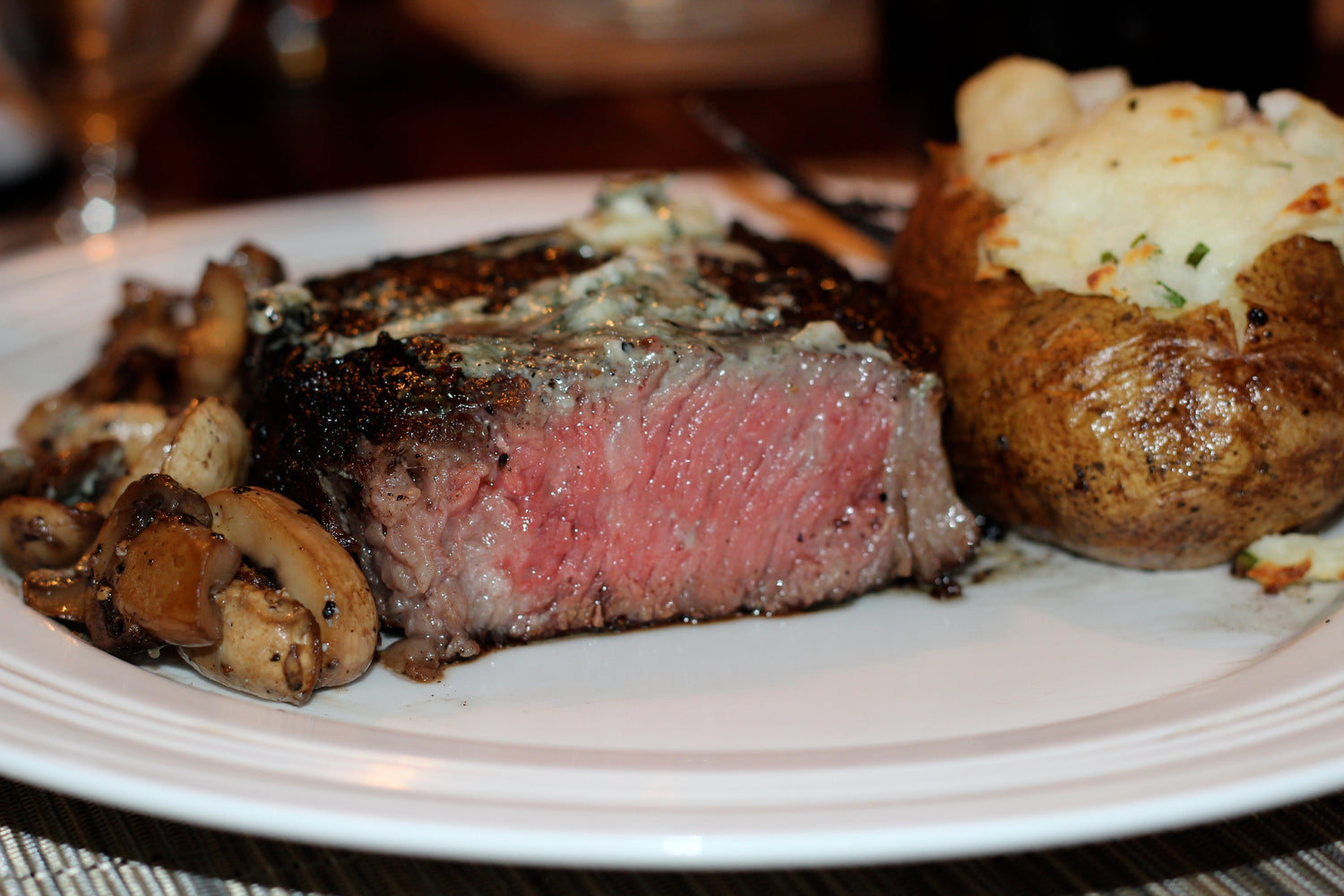Our passion and commitment is to provide a safe, flexible in-house method of creating dynamically-flavored meats that drive inspiration and build a stronger business—yours. Chefs, butchers and food distributors are reinventing beef, lamb, pork, buffalo and other meats with UMAi Dry®. This innovation is fueling stronger repeat sales and higher profits.
The trend for food-service in-house, dry aging was strengthened by a creative Minneapolis chef. While drying meat using the UMAi Dry® process in an onsite walk-in refrigeration unit, his meat salespeople stopped in. This enthusiastic chef showed his meat vendor the bark-like mahogany brown 21-day dry aged rib eye encased in its protective layer of UMAi Dry® and explained the innovative dry aging process. The salesperson called her boss and told him what she had seen. He immediately drove out to see what the chef was so excited about. Shortly thereafter, we received a phone call and started supplying the meat company with UMAi Dry® products.
The owner of this company tells us that UMAi Dry® has allowed him to provide center of the plate selections that are unique to his market. This has truly differentiated his business from the competition. Chefs benefit from the attention this meat vendor puts into sourcing excellent beef—then dry aging it. These unique menu options allow the restaurants to provide customers with truly mouthwatering entrée.
UMAi Dry® allows you to dry age and dry cure using a special moisture- and oxygen-permeable bag in any commercial refrigeration unit. This process does not require UV lighting or specialized humidity control. UMAi Dry® technology:
- Specially formulated combination of polymers
- A single layer material that is both moisture- and oxygen-permeable; similar to a membrane
- Fragile when first sealed
- Bonds with the moist surface proteins of the meat in a few days
- Once bonded, it protects against off flavors and contamination
- Not a vacuum material
- Does not pose the risk of anaerobic bacterial growth



